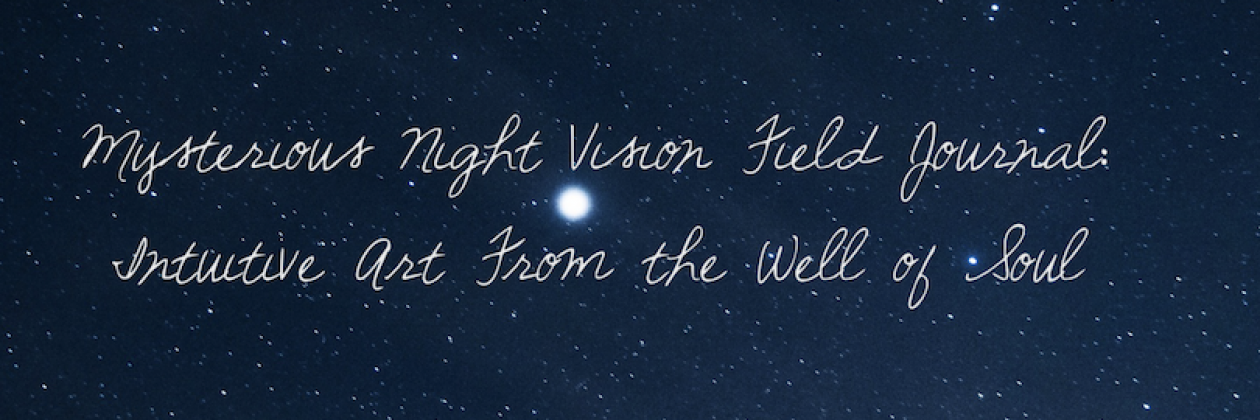
This painting could easily be called Grief and Enlightenment. Or Grief and the Opening Heart. This is the second painting in this series as I paint my grief for my mother’s passing. I ponder the nature of death. I wonder, where is she? Busy, engaged, happy? I think so. I do believe in life after death. George Emery always said, “There ain’t no such thing as dead life.”
What has surprised me the most is the mystical nature of these first few weeks of her passing. I have read a lot about grief and loss. I thought I might understand it to some extent. But no, at least not in my own unique experience. One night I woke from a sound sleep and my dark bedroom was pulsating with soft light in small orbs. Quiet, tone on tone color, moving very gently. I thought, how in the world would I ever paint this? It was a visual experience without insights or emotion.
What I sense is an opening of my heart. I can feel the old emotional barriers coming down. I cannot explain this. I am experiencing transformation. Perhaps as my mother was able to drop the severe limitations of her ending of her last months of life, I too am freed up of those limitations.
It is my sensing that it takes nine months for a human to come into form, and it takes nine months for the energetic body to dissipate after a person passes. I suspect their energetic field is what we carry in close memory for that person.
So back to the painting, bright pink or magenta is my mom’s favorite color. I painted the sheerest of veils. When we communicate with those who have crossed to the other side, what connects the two sides is love. Love IS the permeable veil.

